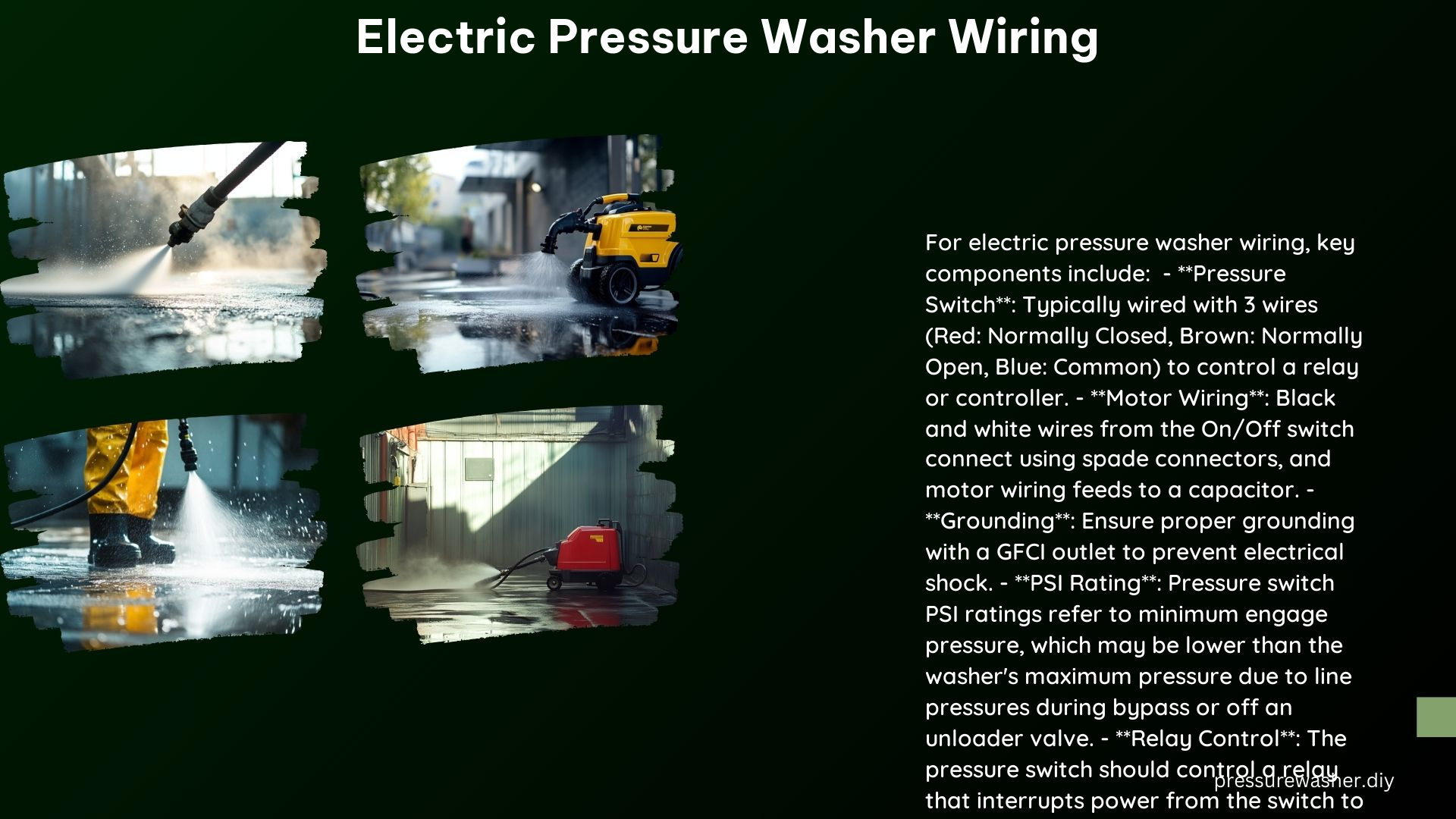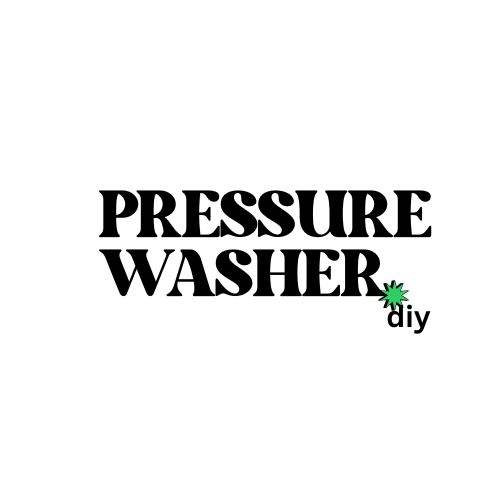Electric pressure washers rely on a complex wiring system to ensure safe and efficient operation. Understanding the wiring diagram, electrical supply, and power cord connections is crucial for proper setup and troubleshooting. This guide will cover the key aspects of electric pressure washer wiring, safety precautions, and troubleshooting techniques, providing a comprehensive and technical manual for DIY enthusiasts.
Wiring Diagram and Electrical Supply
Wiring Diagram
The wiring diagram of an electric pressure washer typically includes the following components:
- On/Off Switch: This switch controls the power to the motor and is connected to the black and white wires.
- Motor: The electric motor is the heart of the pressure washer and is responsible for generating the high-pressure water flow.
- Capacitor: The capacitor is used to start and run the electric motor, ensuring efficient operation.
- Pressure Switch (if installed): Some pressure washers may have a pressure switch that controls the motor based on the water pressure. This switch has three wires: Red (Normally Closed), Brown (Normally Open), and Blue (Common).
The black and white wires from the On/Off switch connect to the motor using spade connectors, while the pressure switch (if present) has its own set of wires that interface with the motor and power supply.
Electrical Supply
Ensuring the proper electrical supply is crucial for the safe and efficient operation of an electric pressure washer. Here are the key considerations:
- Grounded Outlet: The pressure washer must be plugged into a properly grounded outlet with a GFCI (Ground Fault Circuit Interrupter) set. This helps prevent electrical shocks and ensures the safety of the user.
- Voltage Compatibility: The electrical supply should match the pressure washer’s power requirements, which are typically either 120V or 240V. Using the wrong voltage can damage the motor and other electrical components.
- Amperage Capacity: The electrical circuit should have sufficient amperage capacity to handle the pressure washer’s power draw, which can range from 10 to 20 amps or more, depending on the model.
Power Cord and Safety Precautions

Power Cord
The power cord is a critical component of the electric pressure washer’s wiring system. Ensure that the power cord is:
- Condition: The power cord should be in good condition, free from any damage or wear.
- Cord Rating: The power cord should be rated for the pressure washer’s power requirements, typically 12-gauge or 14-gauge for 120V models and 14-gauge or 16-gauge for 240V models.
Safety Precautions
Proper safety precautions are essential when working with electric pressure washers. Follow these guidelines:
- Manufacturer’s Instructions: Always refer to the manufacturer’s instructions for the correct setup and operation of the pressure washer.
- Flat Surface: Ensure the pressure washer is placed on a flat, stable surface to prevent tipping or falling during operation.
- Water Strainer: Verify that the water strainer is in place and free of debris to ensure proper water flow and prevent damage to the pump.
- Air Purge: Purge the system of excess air before starting the unit by squeezing the trigger on the gun.
- Power Off: Turn off the motor and unplug the washer from the electrical outlet when not in use.
Troubleshooting Electrical Issues
Common Issues
When troubleshooting electrical issues with an electric pressure washer, the most common problems include:
- Faulty On/Off Switch or Pressure Switch: These switches can wear out or malfunction over time, preventing the motor from starting or running properly.
- Damaged or Worn-out Wiring or Power Cord: Frayed, damaged, or worn-out wiring and power cords can cause electrical issues and pose a safety hazard.
- Incorrect Electrical Supply or Grounding: Using the wrong voltage or improper grounding can lead to motor failure and potential electrical shocks.
Troubleshooting Steps
To troubleshoot electrical issues with an electric pressure washer, follow these steps:
- Check Wiring Diagram: Refer to the wiring diagram to ensure all connections are made correctly, and no wires are loose or disconnected.
- Inspect Power Cord and Wiring: Visually inspect the power cord and all wiring for any signs of damage, wear, or fraying.
- Verify Electrical Supply: Confirm that the electrical supply matches the pressure washer’s power requirements, including voltage and amperage.
- Consult User Manual: If the issue persists, consult the user manual or contact the manufacturer’s support for specific guidance on troubleshooting the electrical system.
Technical Specifications
Pressure Switch Ratings
Pressure switches used in electric pressure washers are typically rated for a specific minimum engage pressure, which can vary depending on the system. Common pressure switch ratings include:
- 115 PSI
- 210 PSI
- 360 PSI
- 580 PSI
Ensure the pressure switch is rated for the appropriate pressure range of your electric pressure washer.
Wiring and Connections
When working with the wiring of an electric pressure washer, it’s important to use the proper techniques and components:
- Spade Connectors: Use spade connectors to make secure and reliable connections between the wires and the various electrical components.
- Proper Wiring: Ensure the wiring is correctly connected to the motor, capacitor, and pressure switch (if installed) according to the wiring diagram.
By following these guidelines and technical specifications, you can ensure the safe and efficient operation of your electric pressure washer.
